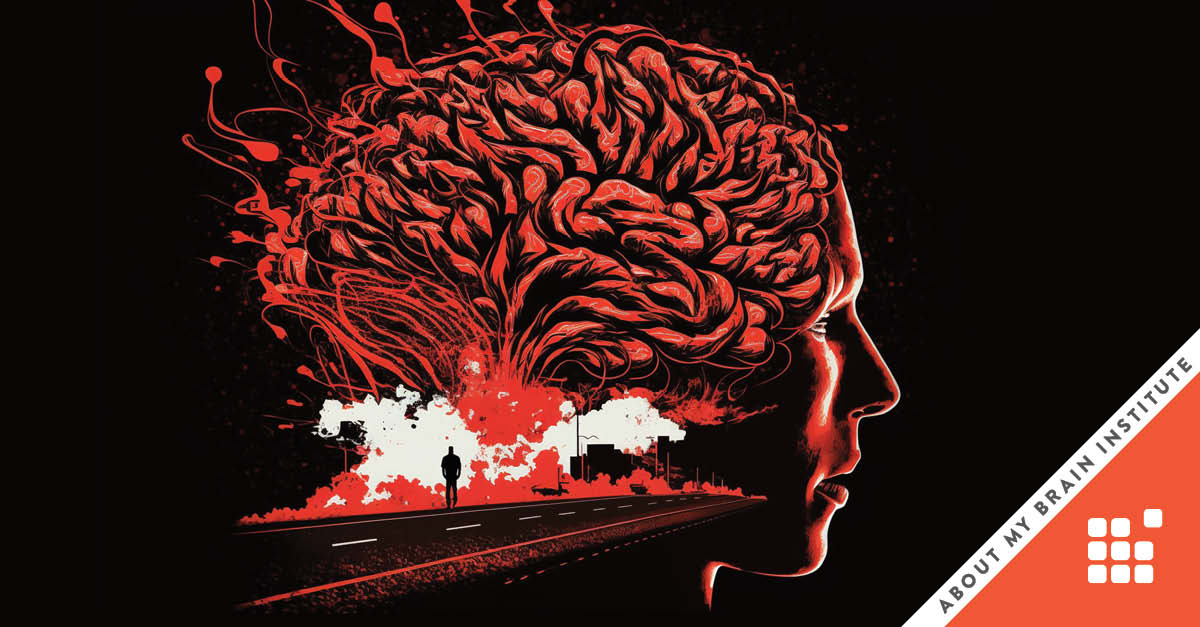Planning for Success
Attribute: Planned

Benefits of Planning
Understanding your personal approach to planning is key to achieving long-term success and growth. In this article, we explore different methods of future planning, real-life examples and how strategic thinking can shape your journey. Future planning involves setting goals, making decisions and taking actions to achieve desired outcomes over time. Planning is important because it allows you to take control of your future, make informed decisions and navigate uncertainties with purpose. Some people prioritize detailed, measurable goals with step-by-step plans, while others emphasize adaptability, adjusting their plans as circumstances change. For many, planning reflects a long-term vision that shapes their decisions and actions.
-
Clarity: It helps you define your vision and objectives.
-
Efficiency: Planning streamlines your actions, saving time and resources.
-
Adaptability: A well-thought-out plan makes it easier to pivot and adjust when needed.
-
Progress Tracking: It allows you to monitor your growth and make improvements over time.
Keep reading ↓
Keep reading ↓
Newsletter
Better Planning
Consider these self-reflective questions:
- Have you clearly defined your long-term goals and what steps are you taking to achieve them?
- Are your plans flexible enough to adapt to changes?
- Do you anticipate challenges and have contingency plans?
- How often do you review and update your goals and progress?
These self-paced coaching questions can help you evaluate your approach to planning, encouraging you to refine your strategies, become more adaptable and stay proactive in updating your plans to stay on track with your long-term vision.
Keep reading ↓
Effective Future Planning
- Visualize Your Ideal Outcome: Rather than simply clarifying your vision, deeply immerse yourself in what your ideal future looks like. Use visualization techniques to imagine the specifics of what you want to achieve and how it feels once you've reached that goal. This mental rehearsal strengthens motivation and provides a clear direction.
- Adopt Agile Goal-Setting: Instead of rigid SMART goals, incorporate agile planning. Break larger objectives into smaller, adaptable steps that can be adjusted as circumstances change. This approach allows for flexibility while keeping you aligned with your long-term vision, helping you stay focused yet adaptable in a dynamic environment.
- Build a Dynamic Feedback Loop: Regularly assess and refine your plans by creating a feedback system. Set periodic reviews where you evaluate your progress, identify any challenges and pivot if needed. This continuous cycle of reflection and adjustment ensures you’re always moving forward, even in the face of unexpected changes.
Planning is a personalized and ongoing process. By adopting strategies that align with your vision and staying flexible, you can shape a future that reflects your aspirations.

Explore the Items
Read each article!
Supporting content
Mental Readiness Articles
Check out the latest blogs to learn more about this topic!

Learning To Be Calm: The Neuroscience Behind Workplace Stress

Impulse Control In Leadership

How Energy & Vitality Enhance Your Performance
Bibliography
This article has been inspired by the following sources:
- Saffo, P., Schwartz, P., & Ogilvy, J. (2020, July 7). Learning from the future. Harvard Business Review. https://hbr.org/2020/07/learning-from-the-future
- Tversky, A., & Koehler, D. (2021). Planning for the future. Journal of Behavioral Decision Making, 34(3), 101-118. https://www.researchgate.net/publication/354773480_Planning_for_the_future
- Wiest, B. (2022). The pivot year. Thought Catalog Books.
- Damiano, S. (2019). The skills of the future are not what we think. About My Brain Institute.
- https://www.aboutmybrain.com/blog/the-skills-of-the-future-are-not-what-we-think
- Damiano, S. (2020). Planning to change is not enough. About My Brain Institute. https://www.aboutmybrain.com/blog/planning-to-change-is-not-enough

